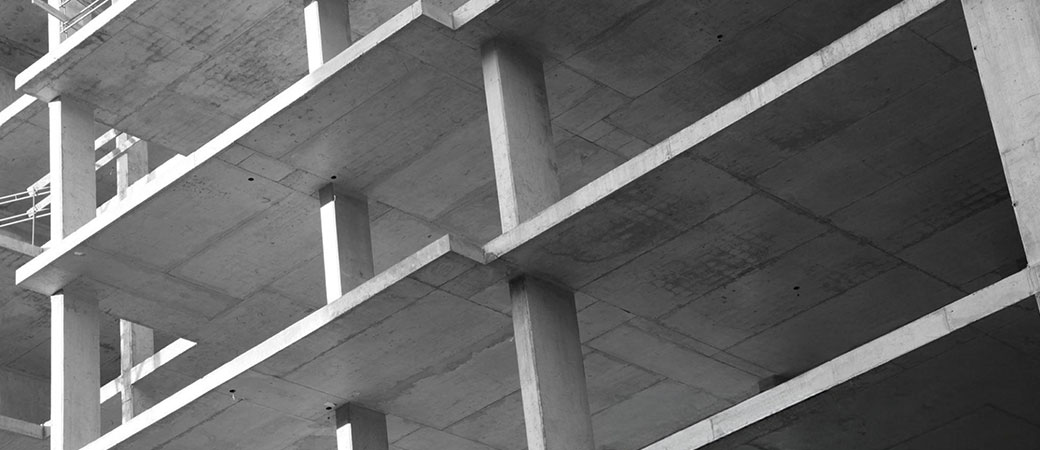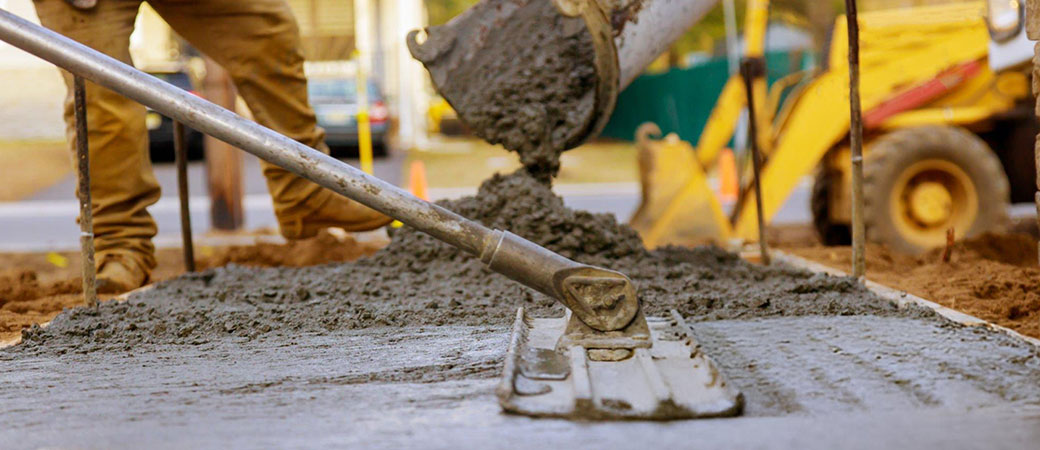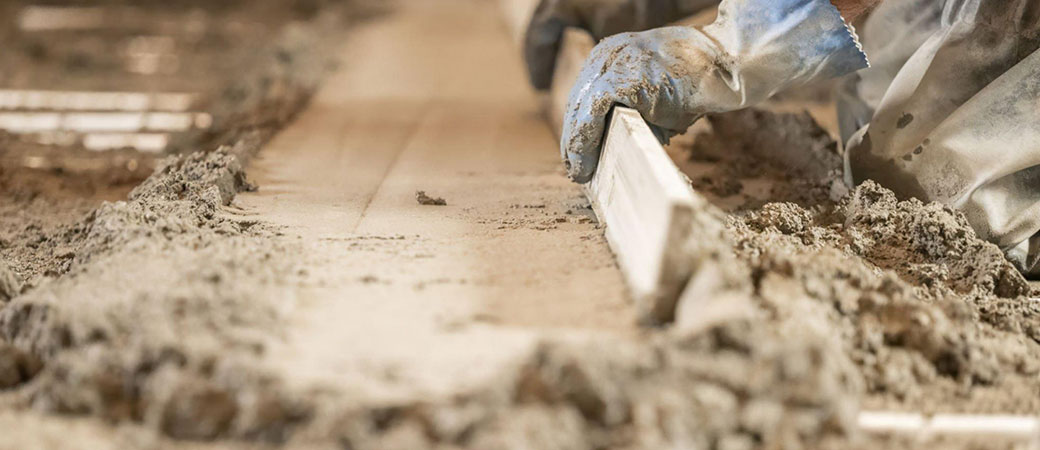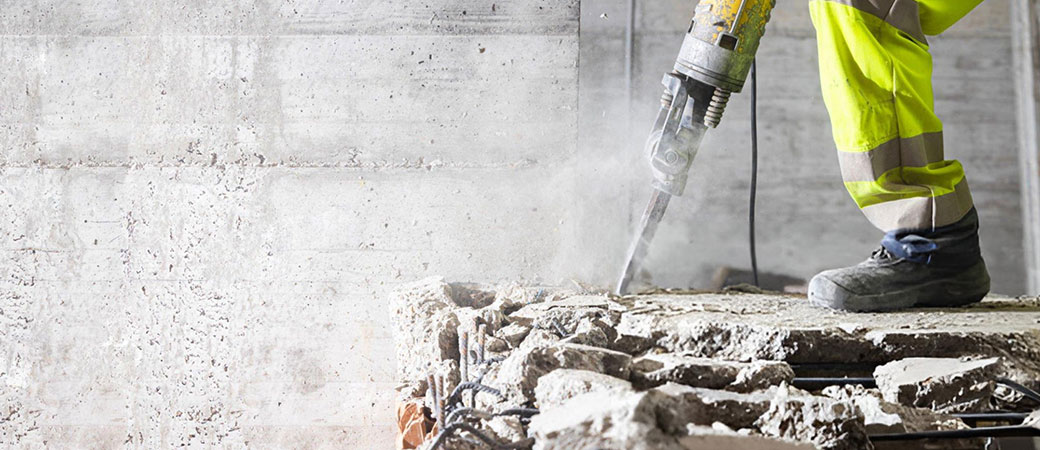
The Future of Concrete: Carbon-Neutral Mixes You Should Know About
Concrete is the foundation of modern infrastructure—literally. From highways to skyscrapers, this ubiquitous material forms the backbone of our built environment. But there’s a hidden cost: concrete production is responsible for nearly 8% of global carbon dioxide emissions, primarily due to the manufacturing of cement, its key binding ingredient. As the climate crisis deepens and regulations tighten, the construction industry is turning to carbon-neutral and low-carbon concrete alternatives to reduce its environmental footprint without compromising strength or durability. In this blog, we’ll dive into the most innovative and promising carbon-neutral concrete mixes you should know about—whether you’re an architect, builder, developer, or simply passionate about sustainable solutions.

Supplementary Cementitious Materials (SCMs): Replacing the Carbon-Heavy Core
Traditional Portland cement is the most carbon-intensive part of concrete. By replacing part of it with supplementary cementitious materials (SCMs)—such as fly ash, slag, and silica fume—manufacturers can reduce emissions while improving performance.
What Are SCMs?
SCM’s “Supplementary Cementitious Materials” are usually industrial byproducts
- Fly ash: From coal combustion
- Ground granulated blast furnace slag (GGBFS): From steel production
- Silica fume: From silicon metal or ferrosilicon alloys
Benefits of SCMs
- Lower CO₂ emissions from cement reduction
- Improved durability and chemical resistance
- Increased workability and long-term strength
Challenges
- Availability may vary regionally
- Quality consistency depends on source
- Supply of fly ash may decline as coal plants close
SCMs are already widely used in LEED-certified projects and can be scaled across commercial and public infrastructure

Carbon Cure: Capturing Carbon Inside Concrete
Imagine if concrete could absorb carbon instead of emitting it. That’s exactly what CarbonCure Technologies offers. This patented system injects captured CO₂ into concrete during mixing, where it mineralizes into calcium carbonate, permanently storing the carbon.
How It Works
- CO₂ is sourced from industrial emitters
- It is injected during mixing and reacts with calcium in cement
- The result: stronger concrete and lower emissions
Why It’s a Game-Changer
- Permanent carbon capture in solid form
- No change needed in concrete mix design or equipment
- Can improve compressive strength, allowing for less cement use
CarbonCure is already in use at over 700 concrete plants worldwide, including in North America, Europe, and Asia. It’s a commercially viable, plug-and-play solution for reducing emissions without sacrificing performance.

Geopolymer Concrete: Rethinking the Formula
Geopolymer concrete replaces traditional cement entirely by using aluminosilicate materials like fly ash or metakaolin, activated with alkaline solutions (e.g., sodium hydroxide or sodium silicate).
Environmental Impact
- Reduces CO₂ emissions by up to 90%
- Eliminates the need for clinker production (the carbon-intensive step in cement manufacturing
Performance Highlights
- Excellent heat and chemical resistance
- Long lifespan and low shrinkage
- Ideal for high-stress industrial or marine applications
Barriers to Adoption
- Complex handling of alkaline chemicals
- Lack of standardized codes and design guidelines
- Less familiar to builders and engineers
Still, geopolymer concrete holds immense potential in niche, high-performance applications and is gaining momentum in regions like Australia and the EU.

Bio Concrete: The Concrete That Heals Itself
Developed by Dutch researchers, Bio Concrete (or self-healing concrete) is a marvel of biomimicry. It incorporates bacteria spores and nutrients into the mix. When cracks form and water enters, the bacteria become active and produce limestone, sealing the gap.
Benefits
- Extends lifespan of concrete structures
- Reduces need for maintenance and repair
- Improves sustainability by lowering material waste over time
Applications
- Bridges and tunnels
- Marine infrastructure
- Structures in remote or hard-to-access areas
Though more expensive than standard concrete, Bio Concrete could dramatically cut lifecycle emissions by reducing the need for replacements and repairs.

Recycled Aggregate Concrete: Turning Waste into Strength
Concrete is both a builder and a destroyer—construction generates millions of tons of demolition waste each year. Recycled aggregate concrete addresses this by using crushed concrete, masonry, or industrial waste as aggregate.
Key Benefits
- Reduces demand for natural stone or gravel
- Cuts emissions from material extraction and transport
- Minimizes landfill usage
Considerations
- May require chemical admixtures or SCMs to match performance of virgin aggregate mixes
- Quality control is essential to ensure structural integrity
This approach supports circular construction, where waste from one project becomes raw material for another.

Limestone Calcined Clay Cement (LC³): A Clinker-Free Contender
LC³ (Limestone Calcined Clay Cement) is one of the most exciting developments in low-carbon cement technology. It replaces a large portion of clinker with calcined clay and limestone, dramatically reducing emissions.
Advantages
- Up to 40% CO₂ reduction
- Lower energy requirements than clinker production
- Uses abundant, low-cost materials
Commercial Viability
- Scalable and affordable
- Especially useful in developing regions with limited access to SCMs
LC³ is backed by research from EPFL and Indian institutions, and pilot projects are already proving its viability at industrial scales.
What the Future Holds: Building a Low-Carbon World
The shift toward carbon-neutral concrete is no longer optional—it’s a necessity. Governments, developers, and consumers are demanding greener buildings, and innovation is answering the call.
Whether it’s:
- High-tech solutions like CarbonCure,
- Bio-inspired innovations like self-healing concrete,
- Or smart use of waste through recycled aggregates
—each step brings us closer to climate-resilient cities and sustainable infrastructure.
Conclusion: Concrete Ideas for a Greener Tomorrow
The future of concrete isn’t just about strength—it’s about sustainability, circularity, and innovation. These carbon-neutral and low-carbon mixes are leading the charge toward a greener construction industry. If you’re an architect, engineer, or developer, now is the time to explore how these materials can reduce your project’s carbon footprint, improve resilience, and meet modern regulatory standards.

